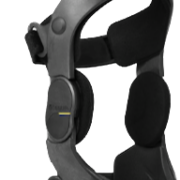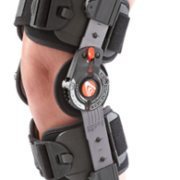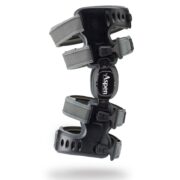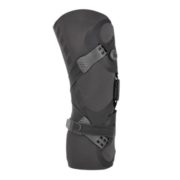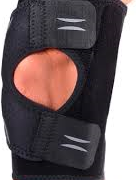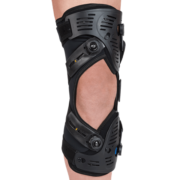Your patella serves as a shield for your knee joint, keeping it safe and protected from impact. Because of its position and its primary function, the patella is more susceptible to breaks than you might think. A direct impact on the patella can cause it to fracture which can make it extremely difficult and often impossible to straighten your leg or to walk comfortably. Patella fractures can vary in terms of severity but are generally treated by putting the patient in a splint or a cast until the bone has healed and is back to normal. In more serious cases, where the bone has been moved out of place, surgery may be required to stabilize the patella so it can function as it should again in the future.
Different Types Of Patella Fractures
Patella fractures are typically caused by an impact such as a fall, banging your knee off something, or something crashing into your kneecap with force. Depending on the type of impact, there is a range of different types of patella fractures that can occur:
Stable Patella Fracture: Also known as a nondisplaced fracture, the broken pieces of bone stay in the same place with this type of fracture. Surgery is not usually required.
Displaced Patella Fracture: When this type of fracture occurs, the broken pieces of bone will usually be moved from their usual position and surgery is often required.
Transverse Patella Fracture: This is when your patella breaks into two pieces. There are a number of surgical options to repair a transverse patella fracture.
Comminuted Patella Fracture: Comminuted patella fractures occur when the patella breaks into three or more pieces. Surgery is typically the best solution.
Open Patella Fracture: Arguably the most severe type of patella fracture, open patella fractures can be identified by the bone penetrating the skin. Immediate medical attention and surgery are generally advisable.
Symptoms Of Patella Fractures
If you have a patella fracture, you will generally experience pain, swelling, and bruising around the kneecap. It’s also common not to be able to straighten or extend your leg without intense pain. Finally, you might notice a difference in the appearance of your kneecap, known as a palpable patella defect, and in many cases, walking will not be possible.
Treatment Options For Patella Fractures
Treatment for patella fractures varies greatly depending on the extent of the break. However, treatment will generally begin with an examination by a doctor and the kneecap will be x-rayed to determine the extent of the damage. Depending on the results of the examination and the x-ray, you may require surgery. If the break is not too bad, you may be sent home to rest wearing a splint, brace, or a cast to limit your movement and low the fracture to heal properly. Physical therapy is crucial to improve the mobility of the knee, reduce stiffness and improve the recovery process.
Contact Our Team At Synergy Orthopedics Today
Here at Synergy Orthopedics, we are committed to providing our patients with the very best orthopedic devices to help them with the recovery process after a patella fracture. To find out how we can help you to heal up quickly, restore mobility and get back on your feet as soon as possible, be sure to get in touch with our knowledgeable and friendly team at Synergy Orthopedics today.
